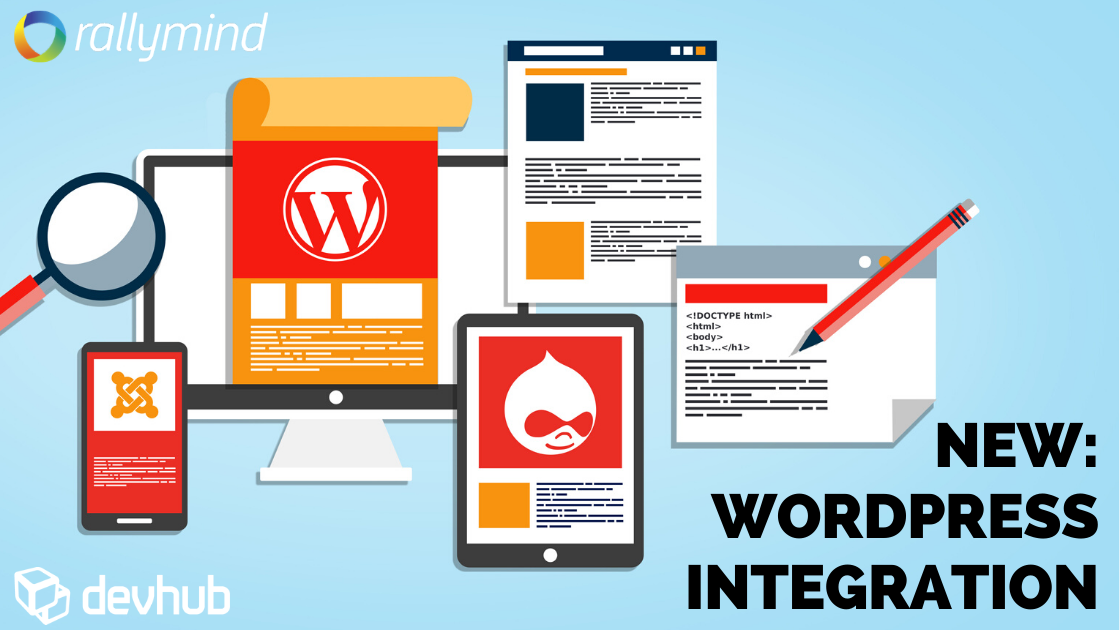
The best utilization of landing pages is when it's done inside your existing site - however, depending on where your site is built or how it's set up it can be a nightmare to coordinate updating pages with your team.
Our co-founder and CTO Daniel Rust has been hard at work working on our newest feature: a WordPress plugin that integrates directly with your existing WordPress site, making it simple to decide what parts of the site you want to create landing pages underneath for.
Typically it can be pretty complex to set up landing pages underneath because of the server configurations that need to preface it - but with this simple WordPress plugin, you can easily plug in to any existing WordPress site, where we can take any section/specific URLs and help you to produce 10, 100s, or 1000s or landing pages underneath the existing site, all branded to look like it's coming from WordPress but hosted by DevHub/RallyMind.
Before this plugin was made, it was in standard practice that we would have to have your tech team install some server configurations which would then allow us to take over certain URLs of your site, to which then we would render behind the scenes. Now, with the plugin, it's similar in how it goes through WordPress, but now it's easily done by turning on the plugin.
In terms of how we integrate with other CMS platforms like Sitecore or Sitefinity: it really depends on the site itself - some platforms have closed gates, meaning that we can't get integrated in, whereas others are more open - but it really depends on if you're able to do those meaty customizations or not. WordPress is considered to be more of an open ecosystem, so it's easy to create a plugin that anyone can install and turn on.
Let's turn to migration: if I have a number of pages that have built up over the years, say around 10,000, can we migrate these pages onto the DevHub platform?
The answer: well, we can't migrate directly - however, we can work with you to get your content out in an easier way to manage on your side. We can export the preferred URLs into our system, then populate the content on those pages in a Google Sheet with the information. If there's a common structure (like forms, assets, or information), then it'll make the migration much easier than if they we're all completely different pages.
Going forward, we are going to continue to look into other platforms to integrate with in order to reduce the amount of roadblocks that our clients run into.